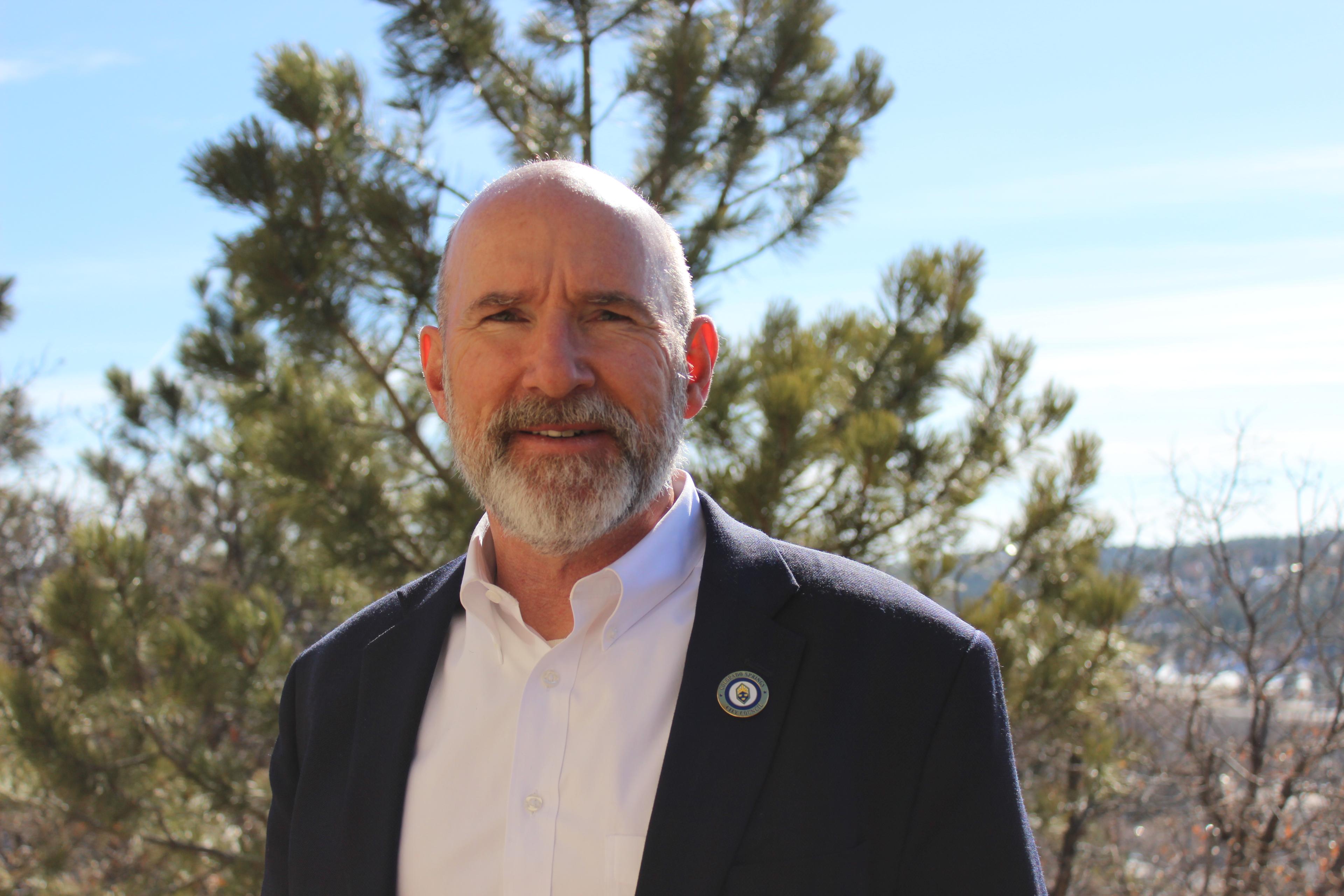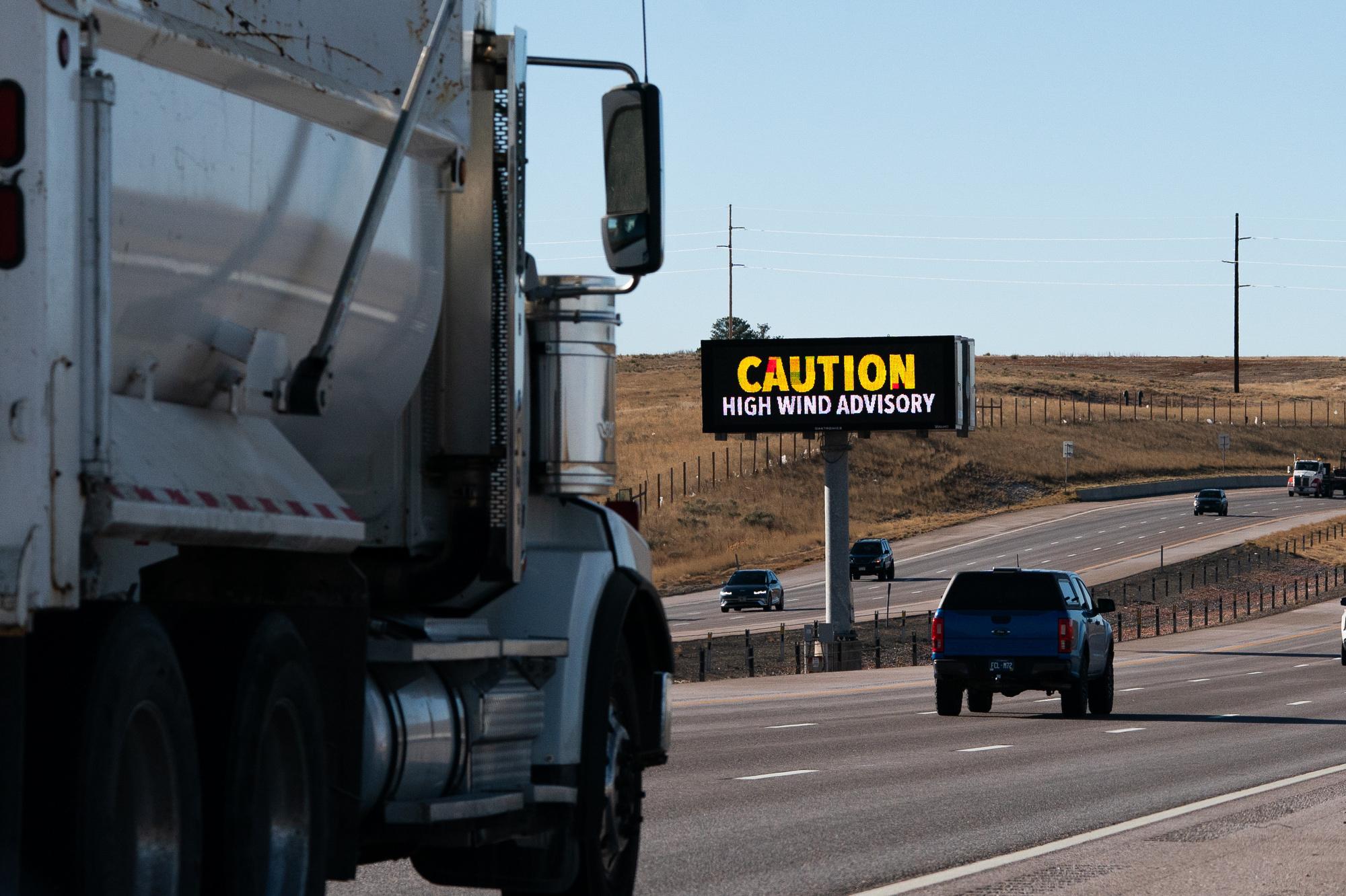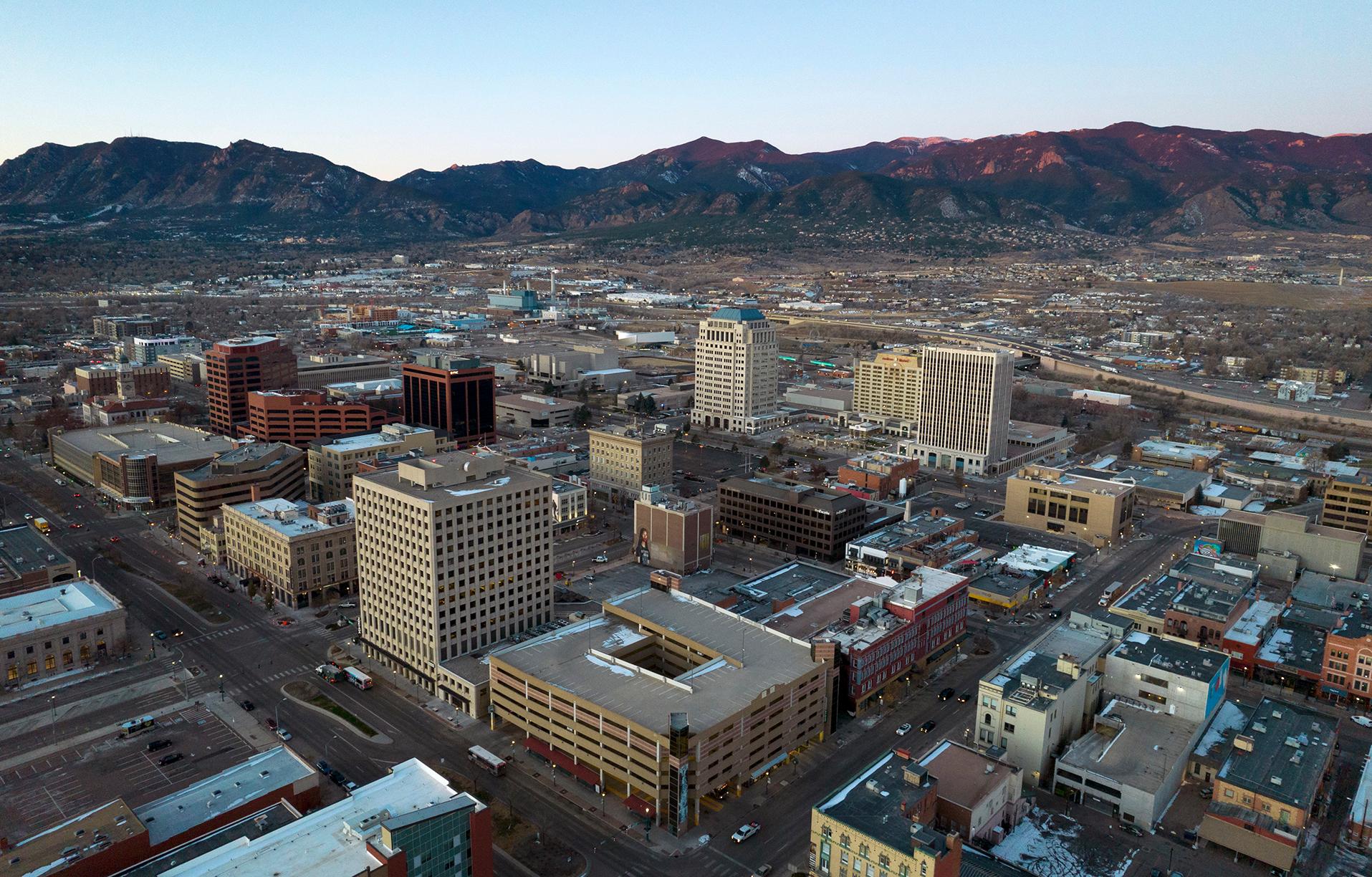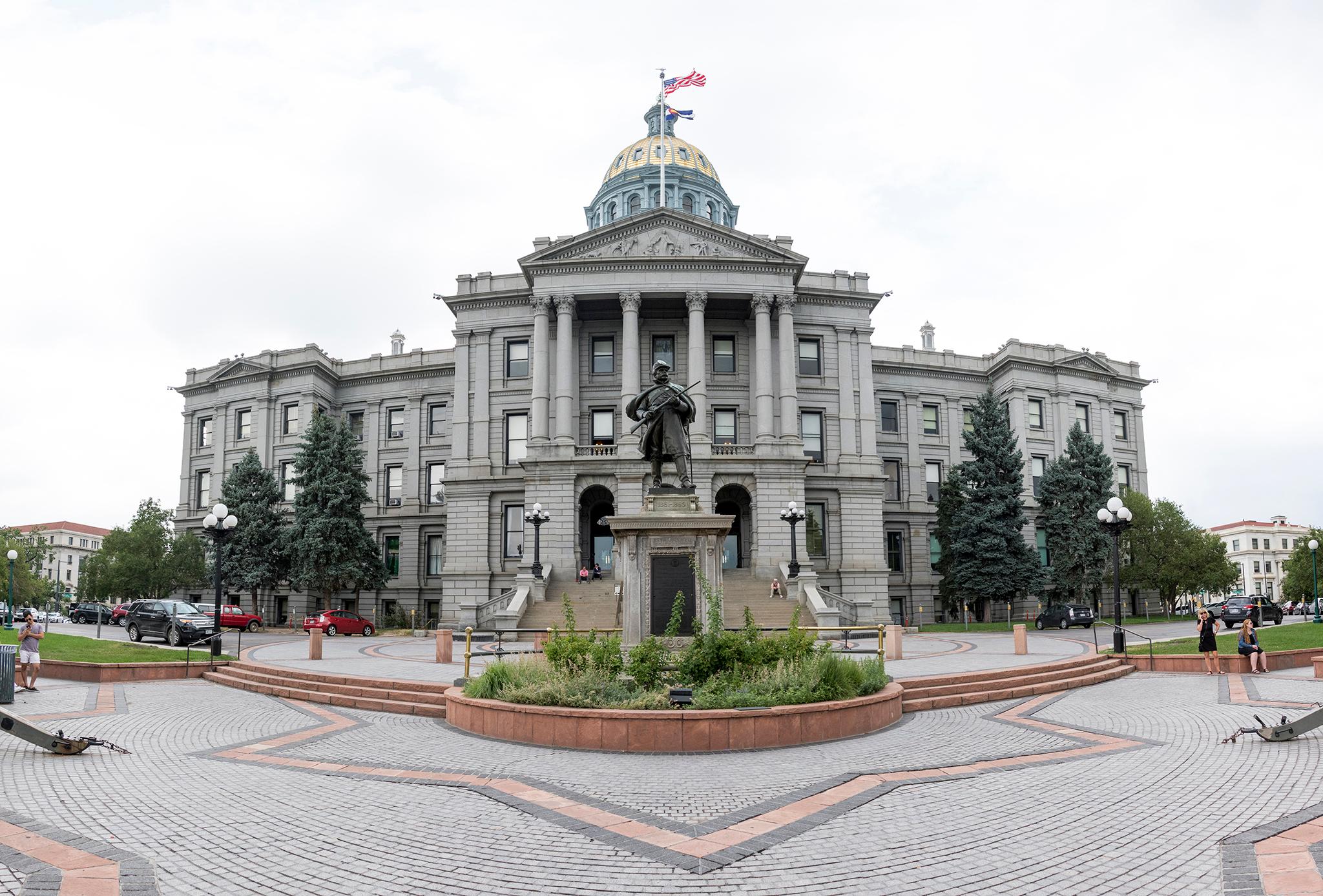
It’s been three months since investigators linked a home explosion in Firestone, Colorado, to an improperly capped and abandoned underground flowline. State regulators have since put the microscope on oil and gas industry practices through a recent round of inspections.
Now local governments are exploring what new levels of control they can exert without running afoul of state law.
A Broomfield committee is wrapping up oil and gas rule recommendations that the city council will review. Thornton city councilors gave initial approval to comprehensive oil and gas rules. Boulder County Commissioners have enacted stricter policies on oil and gas drilling. Not too far down the road from Firestone, Erie trustees recently looked at tougher measures to act on complaints about oil and gas related odors.
Watching closely on the sidelines is the eyes and ears of the industry, the Colorado Oil and Gas Association.
“It is best to let the state regulate each of these things and not overreach on a local level when you’re looking to do something to respond to Firestone,” said the trade group’s President and CEO, Dan Haley.
Broomfield’s proposed rules were recently on public display in a city recreation center gymnasium. Two hundred people showed up to learn more about them.
When he moved moved from Wisconsin to Colorado about five years ago, Kunta Hutabarat did his research and settled on Anthem Ranch in Broomfield. So he was surprised when he learned that local energy company Extraction Oil & Gas proposed drilling sites adjacent to his neighborhood along the Northwest Parkway.
“I’m an engineer so I’m trying to be very objective,” he said as he filled out a comment card at the rules show and tell event. He notes that oil and gas isn’t an automated or manufacturing industry, it’s a human one. That means there’s room for error and “when mistakes happen, things can go pretty bad,” he said.
Many rules proposed by the committee go beyond what’s required by the state. They say air, soil and groundwater within 500 feet of a new well should be monitored regularly. Companies should be required to map and limit underground flowlines. They also want setbacks between wells and homes to be 1,320 feet — more than double the minimum statewide setback requirement.
Colorado calls for 500 feet as the minimum distance between a new well and an occupied building. There must be 1,000 feet between high occupancy buildings like schools or apartments and new wells.
Committee member Susan Speece singled the setback out as a recommendation from the health committee.
“Based on some of the catastrophic events, we looked at what was the circumference, an area of biggest concern?”
Committee members are still reviewing their draft recommendations. Some want to revisit the setback value. Meantime, it’s up to Broomfield city council members to decide what recommendations become law. It’s a town that once sought local control through a long-term moratorium on drilling, but the Colorado Supreme Court struck that move down. So officials are looking for new tools.
Broomfield City Council member Greg Stokes pointed out that they’re “trying to push the boundaries just enough that we don’t jump off a cliff.”
To Stokes, a key goal is to not provoke lawsuits. Meantime, emotions among residents are intense. Stokes himself recently survived a recall vote initiated by locals who wanted less oil and gas development.
“So, I think now the discussion has to be in more detail,” he said. “As much as we talk about just being policy folks, city council members now have to really get into the details of the technology and have advisors that understand that.”
If Broomfield approves the setback, COGA president and CEO Dan Haley said they would review their legal options.
To the east, Thornton is poised to adapt comprehensive rules that include a 750-foot setback requirement between wells and homes. City Council member Josh Zygielbaum acknowledged that’s 250 feet greater than the minimum distance dictated by the state. But he said it’s within his city’s rights.
“When you can do a horizontal well to up to two miles, 250 feet won’t be that impactful on their ability to take the minerals,” Zygielbaum said. “But from our perspective that could be the difference in somebody’s life.”
The city also wanted to regulate how far new homes would be built from old wells. But the consideration got so complicated, the effort was separated from the body of rules. In a third action, Thornton will study whether to impose a new fee on oil and gas companies that want to drill new wells to help cover the costs of maintaining roads with heavy truck traffic.
“It’s a new concept. So it will test the legal waters,” Zygielbaum admitted. “But… we think there’s precedent to look at that as well.”
City council members in both cities must weigh these concerns — and more. A final vote in Thornton is scheduled for Aug 22. The Broomfield Oil and Gas Committee is looking to wrap up its work by mid-August. A city council study session and public vote would then follow in the coming months.
What Are Your Questions?
What else do you want to know about oil and gas development along Colorado’s burgeoning Front Range? Email us at [email protected], leave your questions in the comments or tweet us @gracehood or @newscpr.









